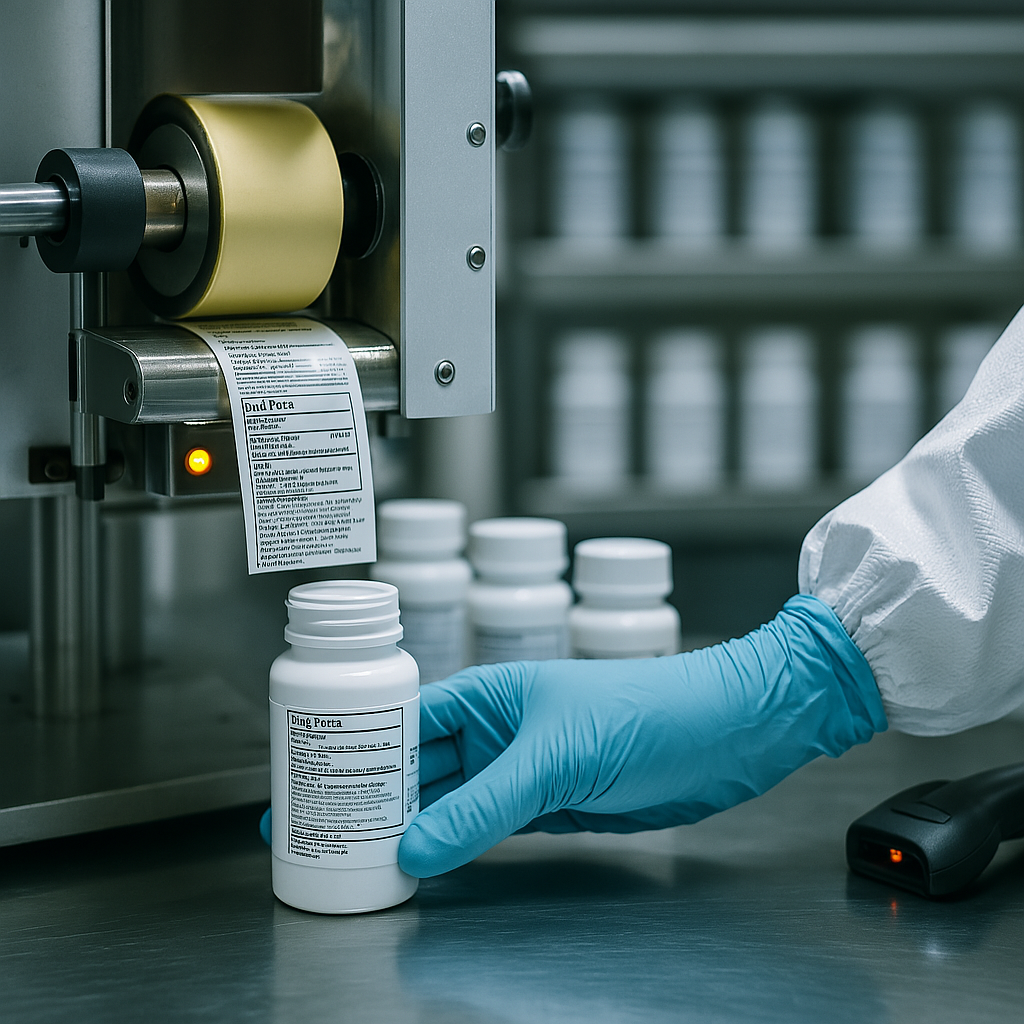
Introduction
Drug product labeling is far more than just printing a name on a bottle—it’s a critical component of pharmaceutical compliance and patient safety. Proper labeling ensures that healthcare professionals and patients receive accurate information about dosage, administration, warnings, and storage.
What Is Drug Product Labeling?
It includes all printed materials that accompany a pharmaceutical product—bottle labels, carton labels, inserts, patient information leaflets (PILs), and instructions for use. These elements must meet regulatory requirements set by authorities like the USFDA, EMA, CDSCO, and WHO.
Key Components of Effective Labeling
Regulatory Compliance in Labeling
Labeling must align with approved drug dossiers and be updated with any changes in formulation, safety data, or usage guidelines. Any non-compliance can lead to warning letters or product recalls.
Challenges in Labeling
Conclusion
At apicule, we provide pharmaceutical labeling services that are accurate, up-to-date, and fully compliant with global regulatory standards. Our network of partners ensures clarity, consistency, and safety in every label—helping protect both your product and your patients.
Analytical method development is a critical aspect of pharmaceutical research and quality control. It ensures the accurate identification, quantification, and characterization of drugs and their components. A well-developed analytical method... Read more
IntroductionFiling a New Drug Application (NDA) is the final and most critical regulatory milestone in the U.S. drug development process. It represents the culmination of years of research, clinical trials,... Read more
IntroductionScale-up synthesis is the crucial process of transitioning a chemical synthesis route from the laboratory to pilot or full-scale manufacturing. It ensures that the Active Pharmaceutical Ingredient (API) or intermediate... Read more